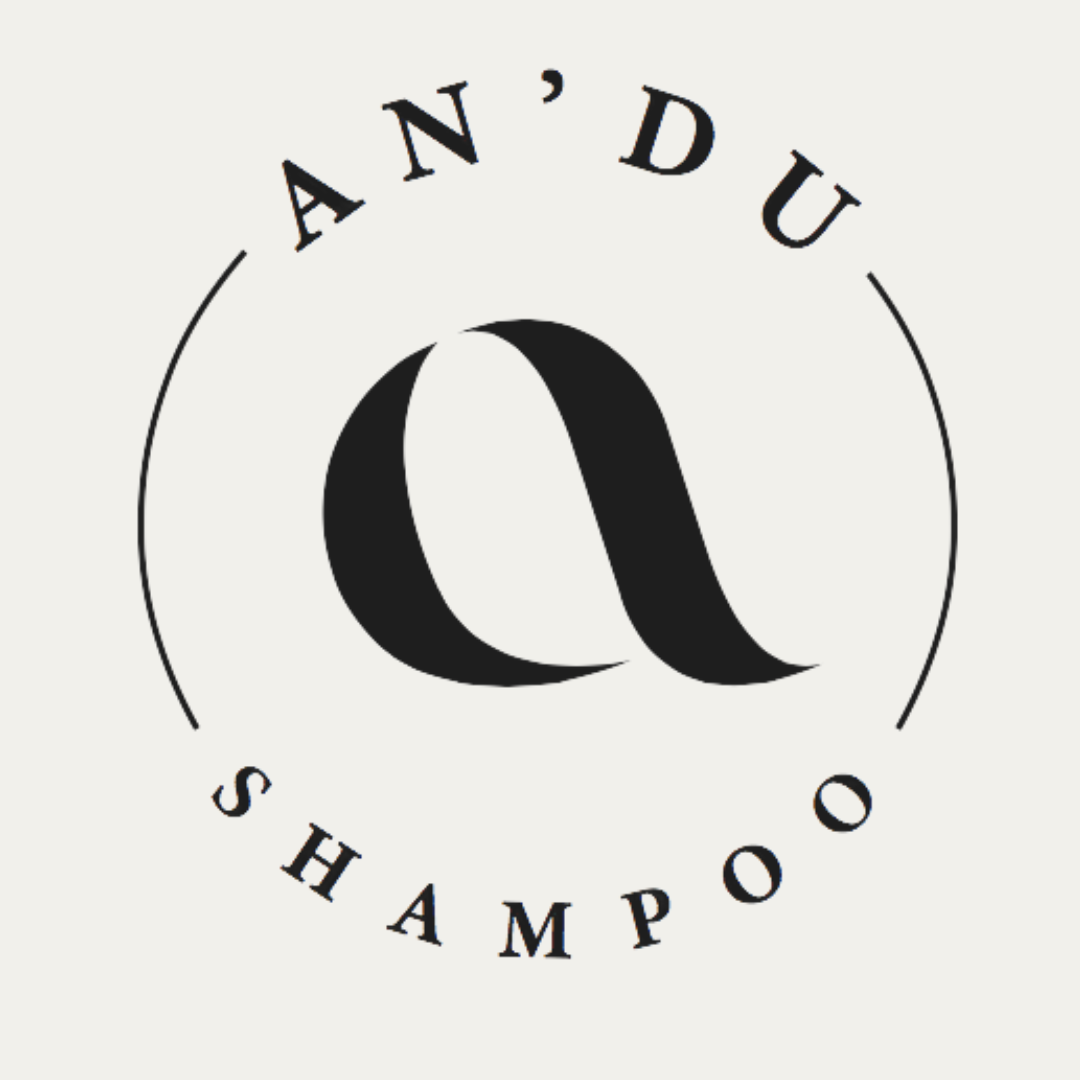Right now, everyone is talking about the gut microbiome—you can’t open a magazine or scroll online without seeing it mentioned! But did you know other parts of your body also have their own microbiomes?
Research is still in the early stages, but it’s clear that areas like your skin, mouth, and scalp host unique communities of tiny microbes. When these microbial communities are in balance, they help keep that part of your body healthy.[i]
Your scalp is no exception. From the roots up (pun intended!), the microbes on your scalp play a big role in supporting strong, healthy hair.
Below, we share 10 important reasons why having a healthy scalp microbiome matters.
(If you want to learn how to naturally reset your scalp microbiome, check out our blog: Read more here).
Hair follicles across your scalp (and body) create a perfect home for different microbes. Sebaceous glands, sweat glands, and hair shafts create mini environments that allow a wide variety of microbial life to thrive.
Here’s why keeping your scalp microbiome healthy is so important:
1. Protection Against Harm
A healthy scalp microbiome acts like a shield. Beneficial microbes form a barrier that protects your scalp from harmful bacteria, infections, and even environmental damage like UV rays. They also work with your skin’s natural microbiota to create a stable, healthy ecosystem.[ii]
2. Reduces Inflammation
The right balance of microbes helps regulate inflammation and balance your immune system. They can reduce symptoms of scalp conditions like dandruff and seborrheic dermatitis.[iii]
3. Supports Hair Growth
Good bacteria and fungi in your hair follicles help keep the scalp's pH balanced, produce antimicrobial peptides, and boost hair development by creating a healthy environment for your hair to grow.[iv]
4. Prevents Scalp Disorders
An unbalanced scalp microbiome (called dysbiosis) can lead to problems like dandruff and scalp irritation. For example, too much of a yeast called Malassezia can cause flakiness and itching.[v]
5. Helps Prevent Hair Loss
Research links dysbiosis to pattern baldness (androgenetic alopecia). When the scalp’s microbial balance is off, inflammation can lead to hair thinning and hair loss.[vi]
6. Influences the texture of your hair and helps keep it’s pigment.
Microbial products are known to affect the texture of your hair – making it softer /bouncier improving your hair’s appearance and feel. [vii] it also affects melanin production and distribution – so helping maintain or enhance natural hair colour – what’s not to like![viii]
7. Balances Sebum Production
The right microbes help break down excess sebum (oil) on your scalp, preventing build-up that can block hair follicles and harm your scalp’s health and reducing the problem of an oily scalp.[ix]
8. Provides Vital Nutrients
Some scalp microbes actually produce important vitamins like biotin and other B-vitamins, which are essential for healthy hair growth.[x]
9. Detoxification
Microbes break down harmful substances which help reduces toxin-induced hair damage. [xi]
10. Keeps Your Scalp Hydrated
Microbes also help regulate your scalp’s moisture levels. If you often struggle with dry, brittle hair, your scalp microbiome could be out of balance![xii]
At An’du we care about your scalp microbiome. Healthy shiny hair comes from a healthy scalp and looking after your scalp microbiome is a great start to getting that beautiful head of hair that you want.
All our products contain post – biotics, know to help support the scalp microbiome. They are also sulphate, petrochemical and silicone free designed to give your hair a gentle wash.
Join our An’du Community!
[i] https://www.sciencedirect.com/science/article/pii/S2950194625001219?ref=pdf_download&fr=RR-2&rr=9376b4bfcb8ee17d
[ii] https://www.mdpi.com/2076-2607/9/3/543
[iii] https://onlinelibrary.wiley.com/doi/epdf/10.1002/lsm.23398?getft_integrator=sciencedirect_contenthosting&src=getftr&utm_source=sciencedirect_contenthosting
[iv] https://www.tandfonline.com/doi/full/10.1586/17469872.1.6.855
[v] https://www.tandfonline.com/doi/epdf/10.2147/CCID.S284671?src=getftr&utm_source=sciencedirect_contenthosting&getft_integrator=sciencedirect_contenthosting
[vi] https://www.mdpi.com/2077-0383/12/3/893
[vii] https://www.mdpi.com/2073-4360/15/3/608
[viii] https://www.sciencedirect.com/science/article/abs/pii/S0968432803001902
[ix] https://www.mdpi.com/2076-2607/9/10/2132
[x] https://link.springer.com/article/10.1007/s13555-018-0278-6?utm_source=getftr&utm_medium=getftr&utm_campaign=getftr_pilot&getft_integrator=sciencedirect_contenthosting
[xi] https://www.sciencedirect.com/science/article/pii/S2950194625001219?ref=pdf_download&fr=RR-2&rr=9376b4bfcb8ee17d#bib54
[xii] https://www.frontiersin.org/journals/microbiology/articles/10.3389/fmicb.2022.1084530/full
